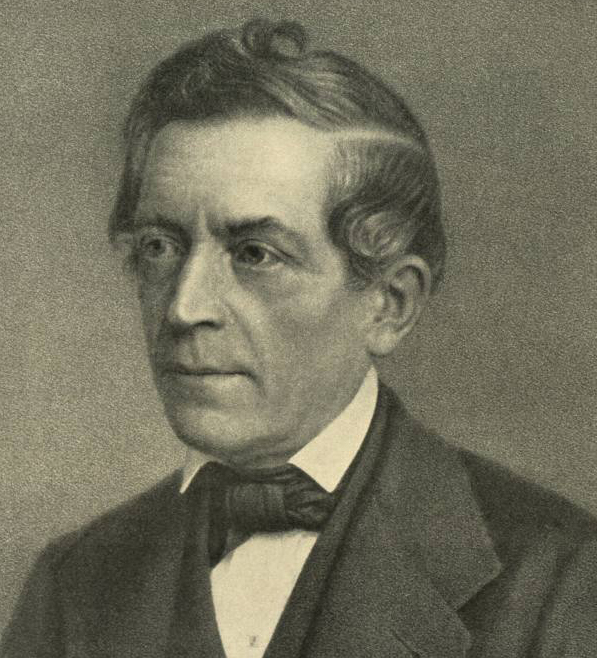Excerpted from a chapter from Ian Wilson’s Jesus: The Evidence
______ 卐 ______
This method is useful for showing up which episodes are common to all gospels, which are peculiar to a single gospel, the variations of interest or emphasis between one writer and another, and so on. It is immediately obvious that while Matthew, Mark and Luke have a great deal in common, describing the same ‘miracles’, the same sayings, essentially sharing a common narrative framework, the John gospel is a maverick, describing different incidents and devoting much space to lengthy, apparently verbatim speeches that seem quite unlike Jesus’ pithy utterances reported elsewhere. In about 1774 the pioneering German scholar Johann Griesbach coined the word ‘synoptic’ for the Matthew, Mark and Luke gospels, from the Greek for ‘seen together’, while that of John has become generally known as the Fourth Gospel. It has always been regarded as having been written later than the other three.
As different theologians pursued the underlying clues to the gospel writers’ psychology revealed by the parallel passage technique, so increasing scepticism developed, particularly in Germany during the early nineteenth century. There, a century earlier, a faltering start on a critical approach had been made by Hamburg University oriental languages professor Hermann Samuel Reimarus. In secret Reimarus wrote a book, On the Aims of Jesus and his Disciples, arguing that Jesus was merely a failed Jewish revolutionary, and that after his death his disciples cunningly stole his body from the tomb in order to concoct the whole story of his resurrection. So concerned was Reimarus to avoid recriminations for holding such views that he would only allow the book to be published after his death. His caution was justified.
 Following in the critical tradition, in the years 1835-6 Tübingen University tutor David Friedrich Strauss (pic) launched his two-volume The Life of Jesus Critically Examined, making particularly penetrating use of the parallel passage technique. Because of the discrepancies he found, he cogently argued that none of the gospels could have been by eyewitnesses, but instead must have been the work of writers of a much later generation, freely constructing their material from probably garbled traditions about Jesus in circulation in the early Church. Inspired by the [idealistic] rationalism of the philosophers Kant and Hegel — ‘the real is the rational and the rational is the real’ — Strauss uncompromisingly dismissed the gospel miracle stories as mere myths invented to give Jesus greater importance. For such findings Strauss was himself summarily dismissed from his tutorship at Tübingen, and later failed, for the same reason, to gain an important professorship at Zürich.
Following in the critical tradition, in the years 1835-6 Tübingen University tutor David Friedrich Strauss (pic) launched his two-volume The Life of Jesus Critically Examined, making particularly penetrating use of the parallel passage technique. Because of the discrepancies he found, he cogently argued that none of the gospels could have been by eyewitnesses, but instead must have been the work of writers of a much later generation, freely constructing their material from probably garbled traditions about Jesus in circulation in the early Church. Inspired by the [idealistic] rationalism of the philosophers Kant and Hegel — ‘the real is the rational and the rational is the real’ — Strauss uncompromisingly dismissed the gospel miracle stories as mere myths invented to give Jesus greater importance. For such findings Strauss was himself summarily dismissed from his tutorship at Tübingen, and later failed, for the same reason, to gain an important professorship at Zürich.
(To be continued…)